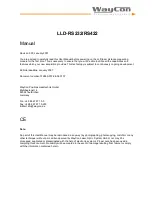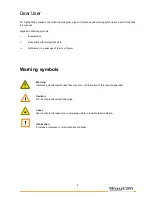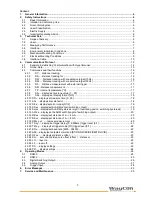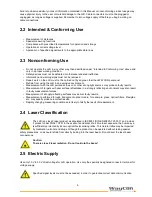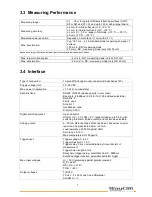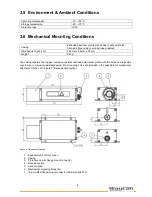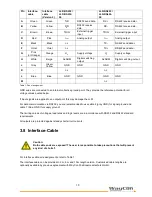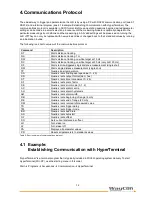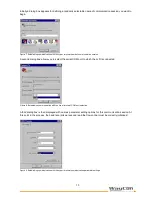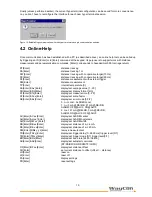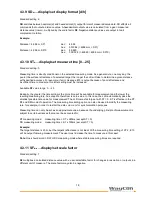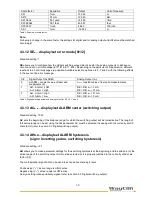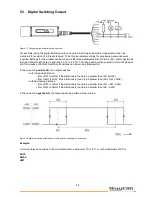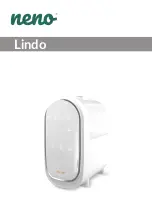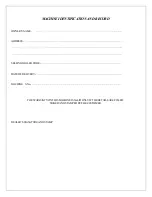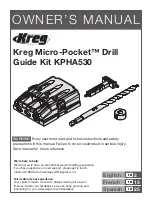
11
Figure 4: Interface-cable
Interface cable extension is possible. One should, however, observe some important rules, depending on the
particular application scenario:
LLD 10 Hz:
R
x
D and T
X
D data lines should be kept as short as possible in all cases, because they tend to have an
interference emitting and interference receiving effect, notably, when in open state. Especially in environments
with strong spurious radiation there may be faults that may in some cases require a reset (turning the LLD off
and on again). In cases where no RS232 interface communication is required after parameterization, you should
provide for a termination wiring as shown in Figure 5.
Figure 5: Recommended termination wiring for work with open RS232
LLD 50 Hz:
Extension and termination according to standard requirements.
For correct screening, three essential rules must be followed:
1. Use screened cable, e.g. “KAB-LLD-5M“, remember to extend also the cable screen!
2. Connect screen to reference potential of U
v
on cable end.
3. For integration with vehicles:
Where attachment point and reference potential (GND or “-“) have equal potentials, it may be necessary
to electrically isolate the LLD casing, in order to prevent ground loops.
Figure 6: Correct screening LLD

